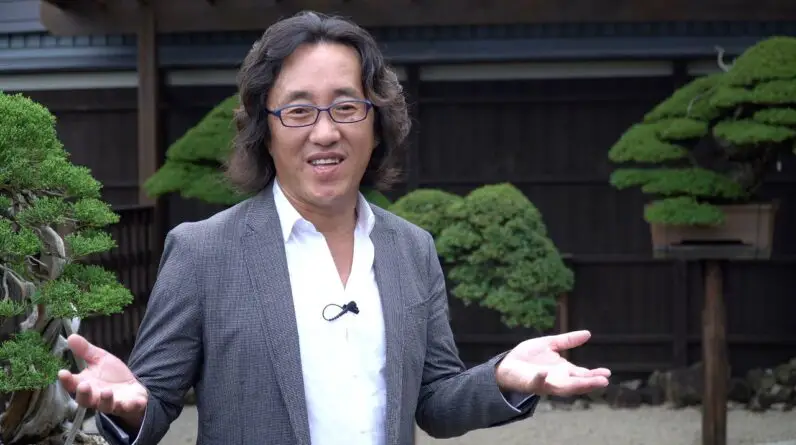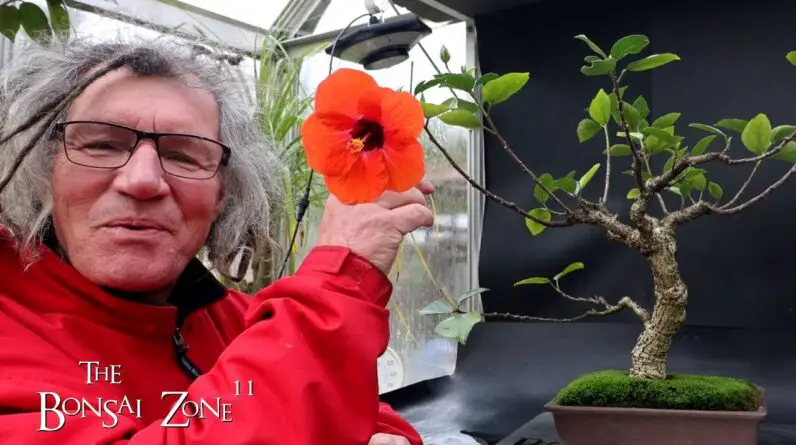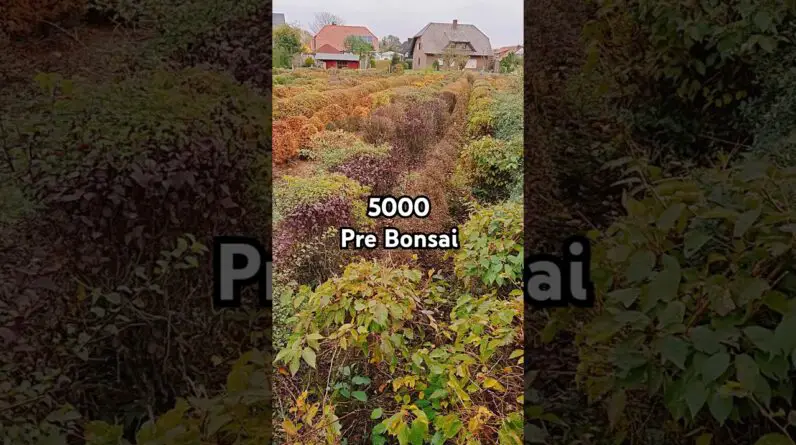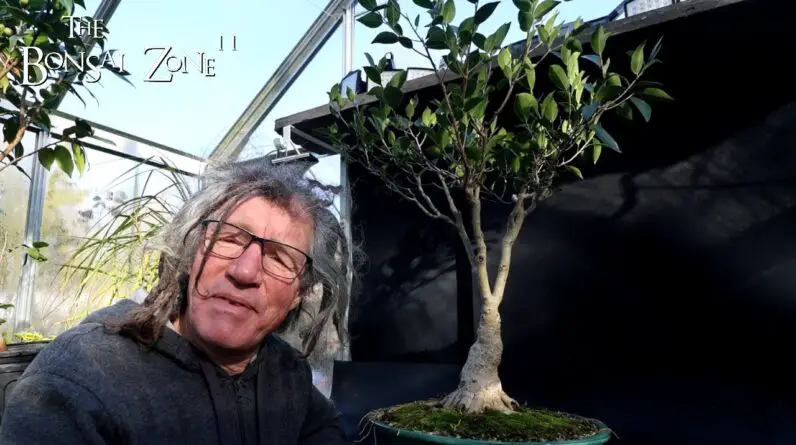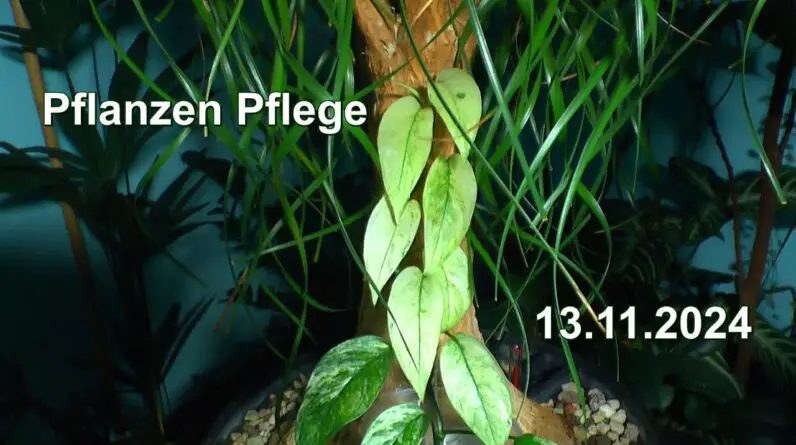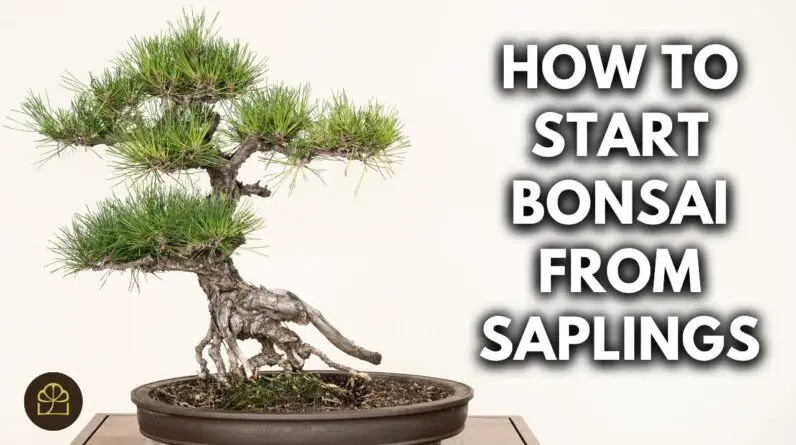Are you a beginner interested in exploring the art of Bonsai? With so many options available, it can be overwhelming to decide which Bonsai tree to choose. To help you get started, we’ve selected the 3 best Bonsai trees for beginners. Read on to discover the unique features and characteristics of each tree, and choose the one that best suits your style and preference.
3 Best Bonsai Trees for Beginners – Which Bonsai Tree Should I Get?
Introduction
Bonsai is a Japanese art form that has been around for centuries. It is a way of growing and pruning trees in miniature form. It requires patience, skill, and dedication to keep a bonsai tree alive and healthy. If you’re a beginner, it can be challenging to know which bonsai tree to get.
In this article, we will explore the 3 best bonsai trees for beginners. We will go over their characteristics, care requirements, and some tips on how to take care of your bonsai tree.
Cork Bark Chinese Elm
The first bonsai tree on our list is the cork bark Chinese elm. This tree is an excellent choice for beginners because it is widely available and relatively easy to care for. It has a beautiful, unique bark that looks like cork, which is where its name comes from.
Characteristics
- The cork bark Chinese elm has small, green leaves that turn yellow in the fall.
- It has a great branching structure, making it an excellent choice for bonsai.
- It can grow up to 50 feet tall in the wild but can be kept much smaller as a bonsai tree.
Care Requirements
- The cork bark Chinese elm prefers well-draining soil and full sun to partial shade.
- It needs regular watering, but make sure not to overwater as it can lead to root rot.
- It should be fertilized every 2-3 weeks during the growing season.
Tips
- Prune regularly to maintain its shape and size.
- Use wire to shape its branches gently.
- Repot every 2-3 years to keep the tree healthy.
Cotoneaster
The second bonsai tree on our list is the cotoneaster. This tree is a great choice for beginners because it has small leaves and beautiful flowers. It is also low-maintenance and can handle cold temperatures.
Characteristics
- The cotoneaster has small, glossy leaves and produces beautiful flowers in the spring.
- It has a dense canopy, perfect for bonsai.
- It can grow up to 10 feet tall in the wild but can be kept much smaller as a bonsai tree.
Care Requirements
- The cotoneaster prefers well-draining soil and full sun to partial shade.
- It needs regular watering, but make sure not to overwater as it can lead to root rot.
- It doesn’t need much fertilizer, but you can fertilize it during the growing season if you want.
Tips
- Prune regularly to maintain its shape and size.
- Use wire to shape its branches gently.
- Repot every 2-3 years to keep the tree healthy.
Portulacaria Afra or Dwarf Jade
The third bonsai tree on our list is the Portulacaria afra, also known as the dwarf jade. This tree is an excellent choice for beginners because it is forgiving and easy to care for. It does well in sunny environments and is perfect for people who don’t have a lot of time to dedicate to their bonsai tree.
Characteristics
- The Dwarf Jade has small, round leaves that are bright green.
- It has a unique, thick trunk that gives it a beautiful aesthetic.
- It can grow up to 6 feet tall in the wild but can be kept much smaller as a bonsai tree.
Care Requirements
- The Dwarf Jade prefers well-draining soil and full sun to partial shade.
- It doesn’t need much watering, but make sure the soil is dry before watering again.
- It doesn’t need much fertilizer, but you can fertilize it during the growing season if you want.
Tips
- Prune regularly to maintain its shape and size.
- Use wire to shape its branches gently.
- Repot every 2-3 years to keep the tree healthy.
Conclusion
Bonsai trees are a beautiful addition to any home, and they require dedication and patience to keep them healthy. As a beginner, it can be challenging to know which bonsai tree to get.
We have explored the 3 best bonsai trees for beginners, their characteristics, and care requirements. The cork bark Chinese elm, cotoneaster, and Dwarf Jade are all great choices, and we hope this article has helped you decide which bonsai tree is right for you.
FAQs
- Can I keep my bonsai tree indoors?
- Yes, you can keep your bonsai tree indoors, but make sure it gets plenty of sunlight.
- How do I prune my bonsai tree?
- You can use bonsai shears to prune your bonsai tree gently.
- How often should I fertilize my bonsai tree?
- You should fertilize your bonsai tree every 2-3 weeks during the growing season.
- Can I bonsai any tree?
- Almost any tree can be turned into a bonsai tree, but some trees are better suited for bonsai than others.
- How often should I water my bonsai tree?
- It depends on the type of bonsai tree you have, but a good rule of thumb is to water when the soil is dry to the touch.


